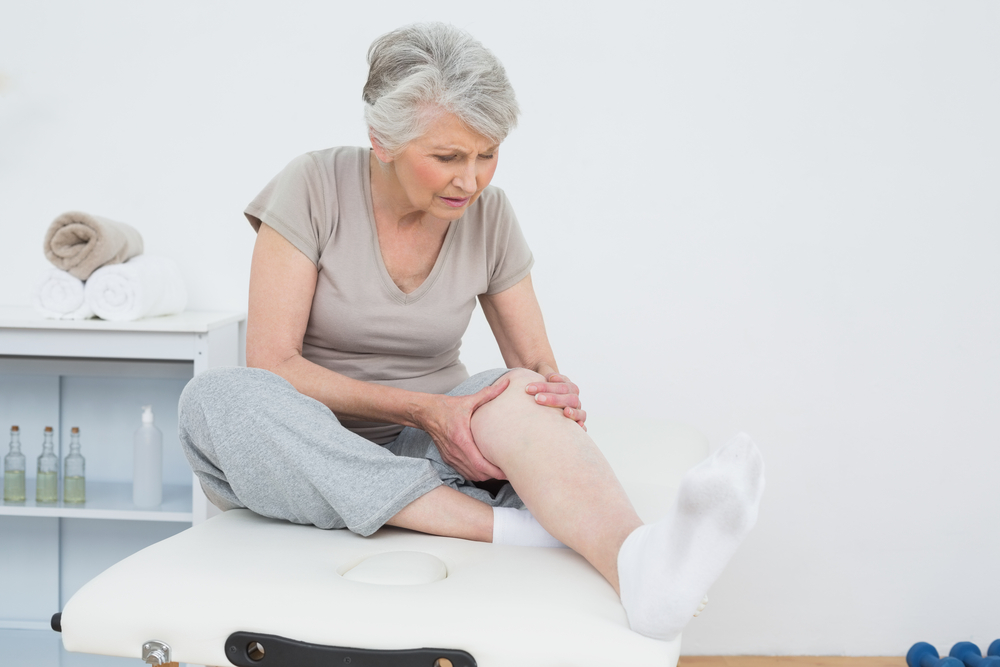5 Tips for Leg Health

You probably wouldn’t ignore pain in your chest. But would you dismiss discomfort in your legs? Many people don’t know that when it comes to the cardiovascular system, leg health is as important as heart health.
“A blockage in the leg can be as dangerous as a blockage in the heart,” says Brett Carroll, MD, Director of Vascular Medicine in the CardioVascular Institute at Beth Israel Deaconess Medical Center (BIDMC). Known as peripheral artery disease or PAD, this condition develops when the arteries that carry blood to the legs become blocked by plaque, the same sticky mix of fats and cholesterol that cause blocked coronary arteries in the heart.
“Left untreated, PAD is a leading cause of limb amputation and can increase a person’s risk of suffering a stroke or heart attack,” adds vascular surgeon Allen Hamdan, MD, Vice Chair of Surgery at BIDMC.
Don’t just stand around. Drs. Carroll and Hamdan recommend the following five tips to keep legs healthy.
- Watch for symptoms. Don’t dismiss pain, fatigue, cramps, and heaviness in the calf, thigh, or buttock as signs that “I’m just getting older and slowing down.” When these symptoms develop while you are walking or climbing stairs, they can be a warning sign of a serious problem.
- Ask about an ankle brachial index test. As many as 20 percent of patients over age 65 may have blockages in their legs without knowing it. If you have other risk factors, such as high cholesterol or high blood pressure, an ankle brachial index test is a quick way to assess your risk of PAD. The non-invasive test compares blood pressure measured at the ankle with blood pressure measured at your arm. A low ankle pressure number can indicate narrowing or blockage of the arteries in your legs.
- Keep close tabs on cholesterol, blood pressure, and diabetes. The same factors that can damage your heart can also damage your legs and vascular system. Diabetes, high levels of bad cholesterol and high blood pressure (hypertension), are all leading risk factors for the development of PAD.
- Take care of your veins, too. Not all leg problems are in the arteries. To help promote circulation and prevent vein disease, keep your weight down, elevate your legs whenever you can, and wear compression stockings if they have been prescribed for you. If you have chronic swelling, keep your skin healthy with moisturizer. Carefully check your feet and legs for signs of wounds or abrasions.
- Be diligent about healthy habits. If you smoke, quit. Cigarette smoking is a principal risk factor for many types of vascular disease, especially PAD. The importance of a healthy diet can’t be emphasized enough: eat fresh fruits and vegetables, lean meats, and fish. Keep exercising and walking. Even if you have already been diagnosed with PAD, the more you walk, the more conditioned your legs will become, diminishing pain and improving blood flow.
Remember, healthy habits are good for your whole cardiovascular system – from head to toe.
For more information, visit bidmc.org.
This is a paid partnership between Beth Israel Deaconess Medical Center and Boston Magazine


